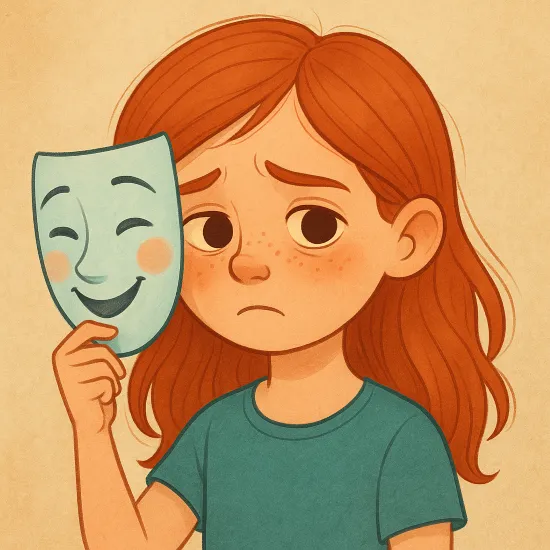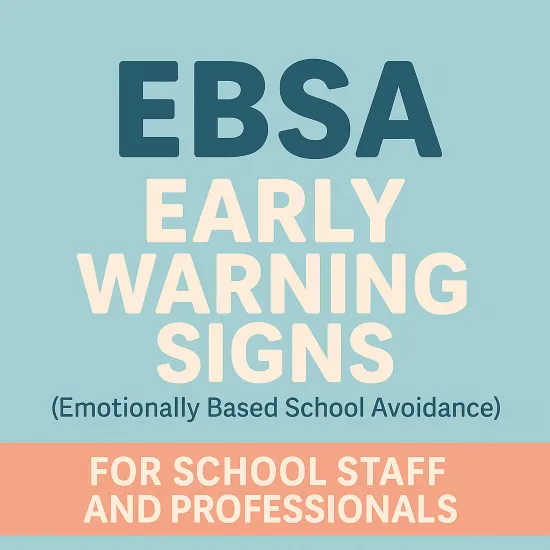Every child has a voice and a story to tell.
Sometimes they share it through words, sometimes via drawings or small details of daily life; the people, places, and moments that make them feel safe, worried, or happy. As professionals and caregivers, it’s our duty not only to listen but to understand what children are communicating, even if it isn’t spoken aloud.
That’s why we developed our free Voice of the Child Template, a gentle and practical tool designed to help adults gather a child’s voice, views, wishes, and feelings in a safe, organised way.
Why the Child’s Voice Matters
In safeguarding and education, decisions are often made about children, but not always with them. Yet research and practice consistently remind us that children’s lived experiences offer vital insight into what is really happening in their world.
As discussed in our article, The Importance of the Voice of the Child, listening to children goes far beyond completing a form or asking a few questions. It’s about recognising their right to be heard, taking their feelings seriously, and ensuring their voice influences decisions that affect their safety and well-being.
When a child feels listened to, they are more likely to trust adults, share worries earlier, and engage in solutions that truly meet their needs. It’s a cornerstone of trauma-informed, rights-respecting practice.
About the Free Resource
The Voice of the Child Template is a child-friendly reflection tool that helps practitioners, teachers, and family workers record a child’s voice clearly and respectfully.
It includes guided sections such as:
- How are you feeling today? — using a 1–10 scale and simple emotions to encourage expression.
- What is good? — exploring the people, activities, and places that bring safety or happiness.
- What could be better? — identifying what might need change or support.
- Does anything scare you? — giving space for worries, fears, or unsafe situations.
- A day in my shoes — helping children describe their daily routines and experiences in their own words.
- People in my life — mapping safe, trusted relationships and sources of comfort.
The tone is gentle, supportive, and adaptable across different ages and contexts — whether you’re a social worker, pastoral leader, SENCO, or youth worker. It is also licensed under Creative Commons (CC BY-NC 4.0), meaning you can freely share or adapt it for non-commercial purposes with attribution to Unlocking Children.
How to Use It
- Before completing: Ensure the child understands the purpose — that their views will help adults make positive changes.
- During discussion: Use open-ended questions, pauses, and empathy; let the child lead where possible.
- After completion: Reflect on what the child has shared, and agree together on what will happen next. Make sure they know how their voice will be used.
This small act of inclusion can have a significant impact — demonstrating to a child that their feelings matter and their perspective influences the world around them.
Final Thoughts
The Voice of the Child resource is more than just a form; it serves as a reminder of why we undertake this work. It helps bridge the gap between professional assessment and authentic understanding.
When we pause, listen, and observe a child’s world through their eyes, we not only enhance safeguarding practice but also foster trust, empowerment, and connection — the foundations of every child’s right to be heard.
📄 Download the Free Template
Download here: Voice of the Child – Free Resource (PDF)


